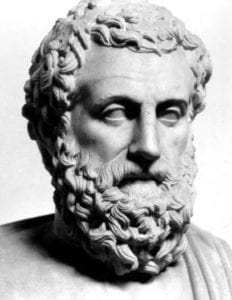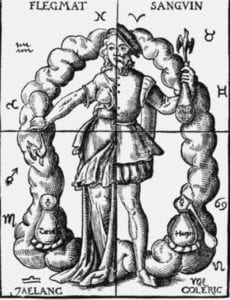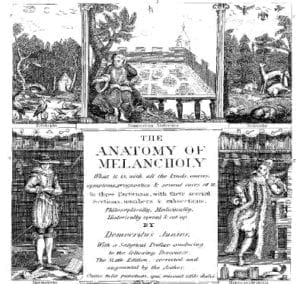Aristotle is one of the greatest philosophers of all time. He has influenced human thought for almost 2500 years and many of his works are as relevant today as they were in the days of ancient Greece. Students of his philosophical works are likely to be familiar with his Nicomachean Ethics, Politics, Rhetoric, and Poetics, perhaps less so with his many contributions to biology, comparative anatomy, physiology, and embryology. Yet he was an avid natural historian who tirelessly studied many species of plants and animals. He dissected and recorded his observations on the anatomy of octopus, cuttlefish, crustaceans, and other marine invertebrates. He described the embryological development of the chick; distinguished whales and dolphins from fish; described the chambered stomachs of ruminants and the social organization of bees; noticed that some sharks gave birth to live young; divided animals and plants into genera and species, also into those with blood and those without; and propounded his element theory of earth, air, fire, and water.
Aristotle may also on occasion have practiced medicine. He studied the heart and believed it was the most important organ in the body, the center of vitality, the seat of intelligence, motion, and sensation. Being a hot dry organ, it was surrounded by other organs whose function was to cool it. He was a proponent of Hippocrates’ “humor” theories and believed that the body fluids or humors were composed of varying amounts of blood (warm and moist); phlegm (cold and moist); yellow bile (warm and dry); and black bile (cold and dry). Disequilibrium in their balance caused disease, as also described by Hippocrates. He envisioned air being taken into the body to cool its heat or pneuma. Moistness was associated with the watery composition of the tissues. Semen was wet and water-like. The human body consisted of homogeneous parts (flesh, bone, and blood) and heterogeneous parts (the face, hand, and foot).
Such theories survived for well over a thousand years. As late as 1620, Robert Burton would explain in the Anatomy of Melancholy that a humor is a liquid part of the body without which no living creature can survive. He defined blood as a hot, sweet, temperate, and red humor, prepared in the mesenteric veins; phlegm was cold and moist, designed to nourish and moisten the body; choler was hot, dry, and bitter, gathered in the gall; and melancholy was cold and dry, thick, black, and sour, “begotten of the most feculent part of nourishment and purged from the spleen.” To these humors Burton added serum, the matter of urine, sweat, and tears; and spirit, providing a common tie between body and soul, as noted among others by Paracelsus; and these theories remained part of the medical corpus until well into the eighteenth century.




Leave a Reply